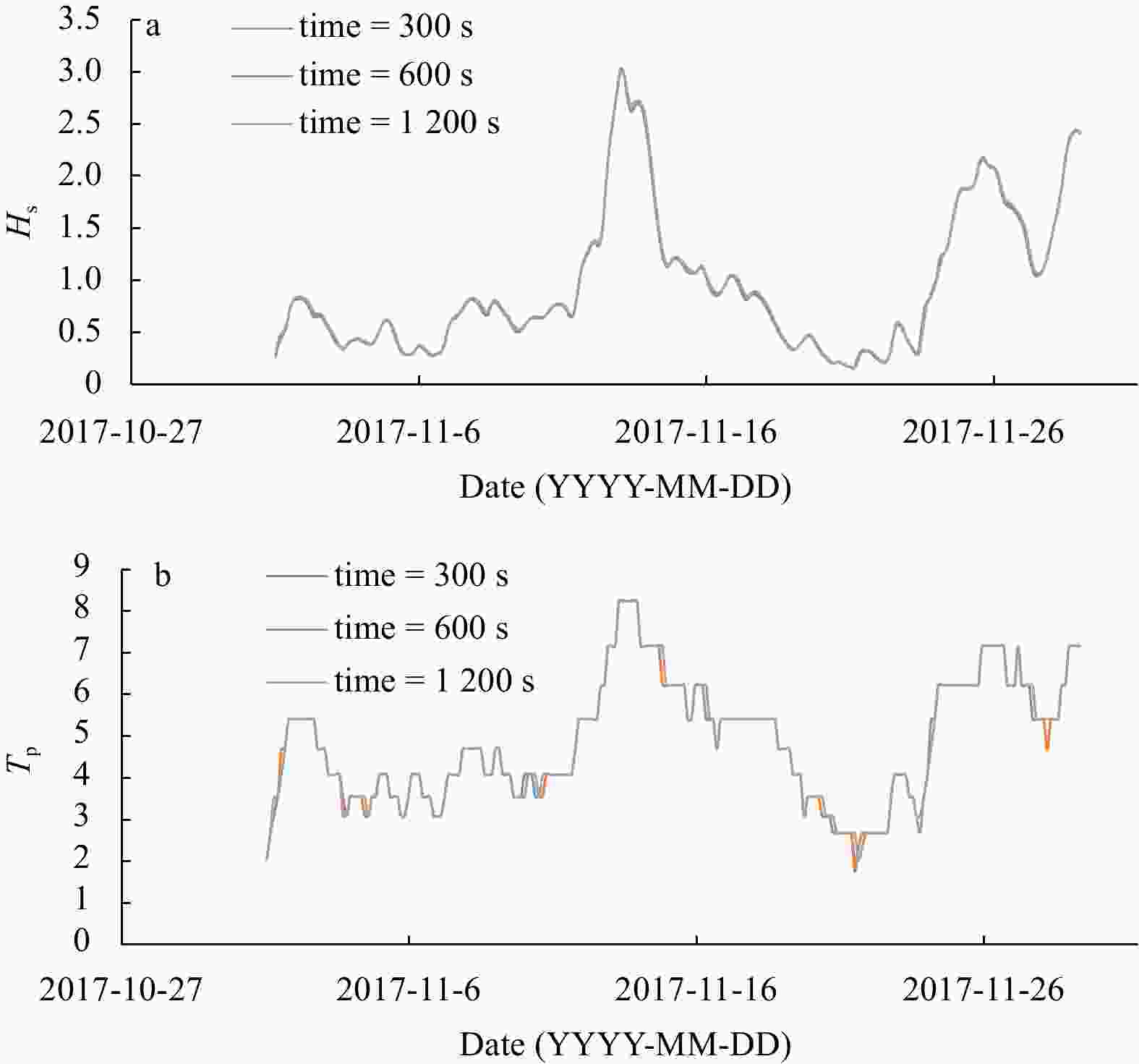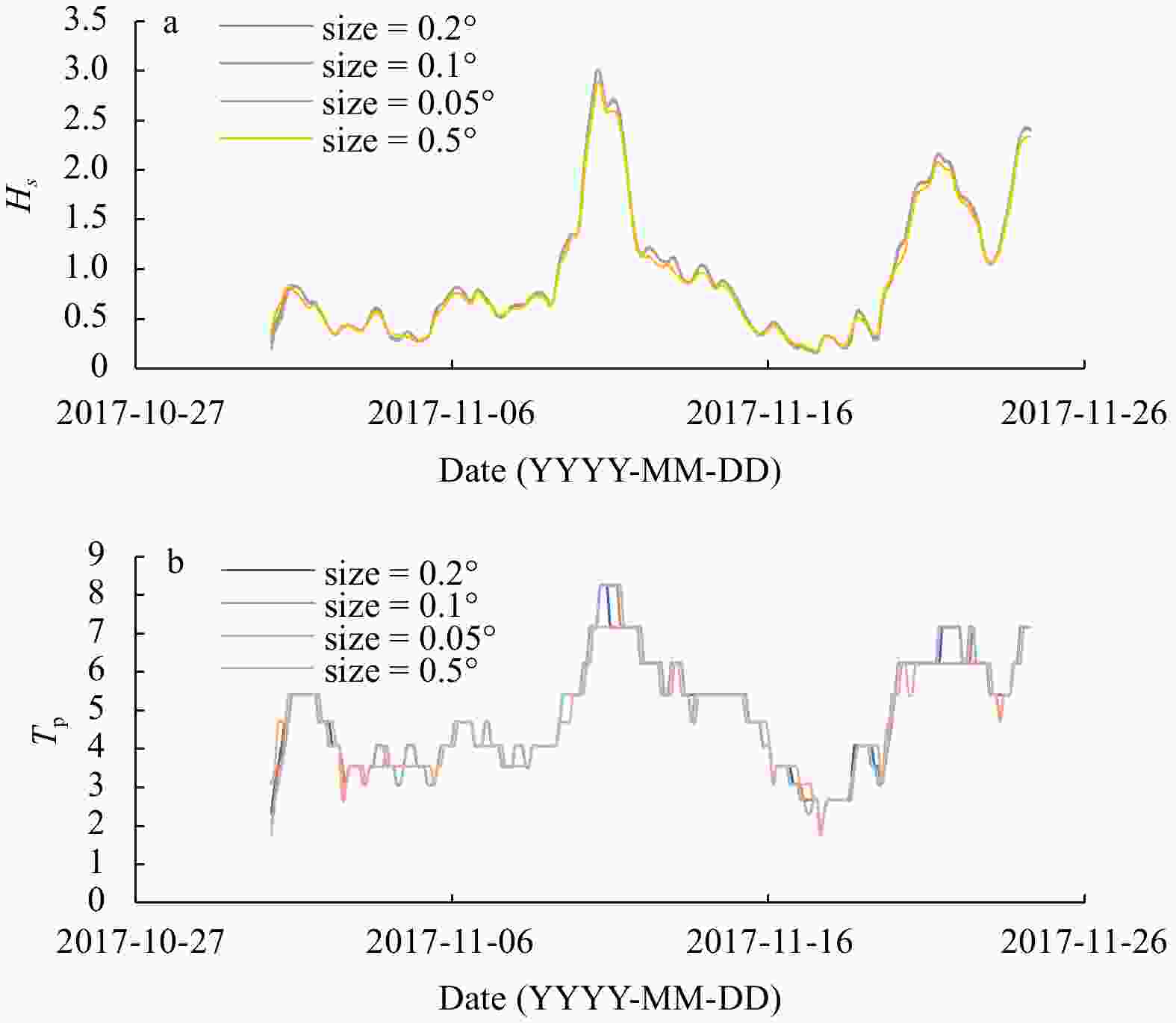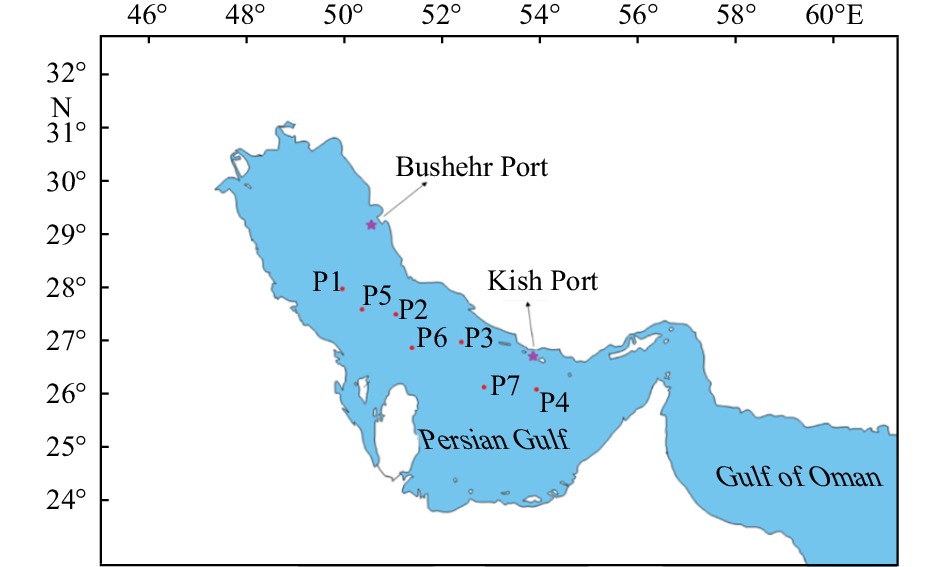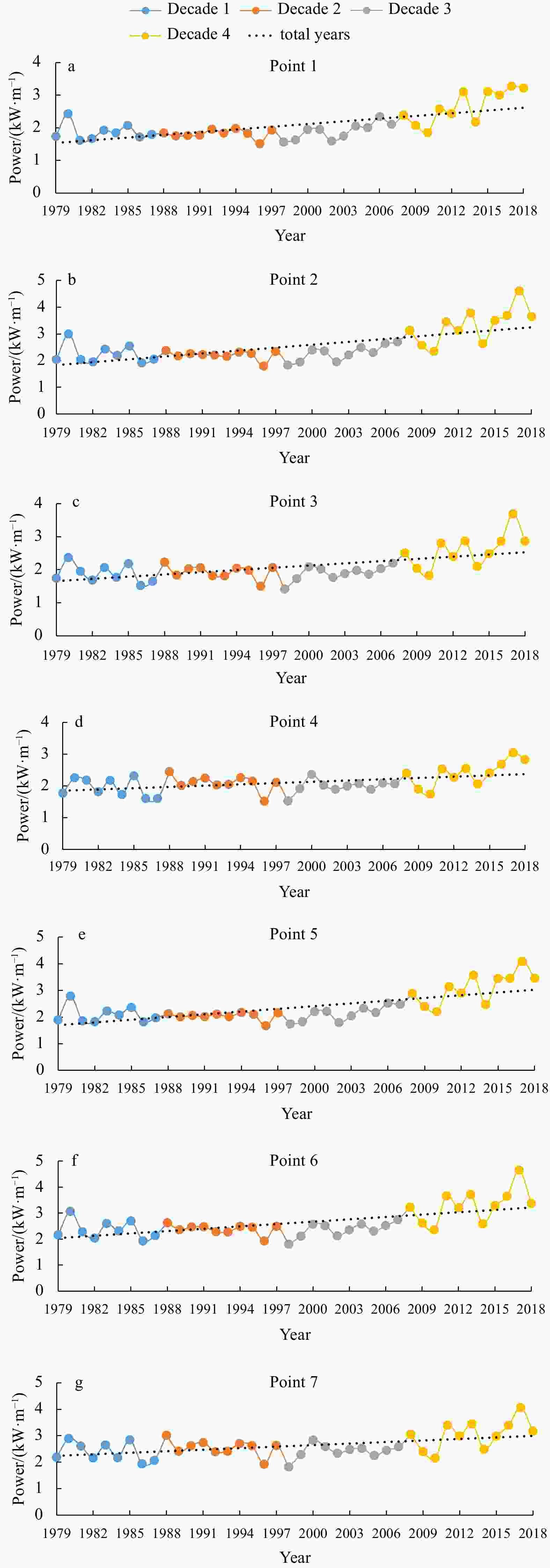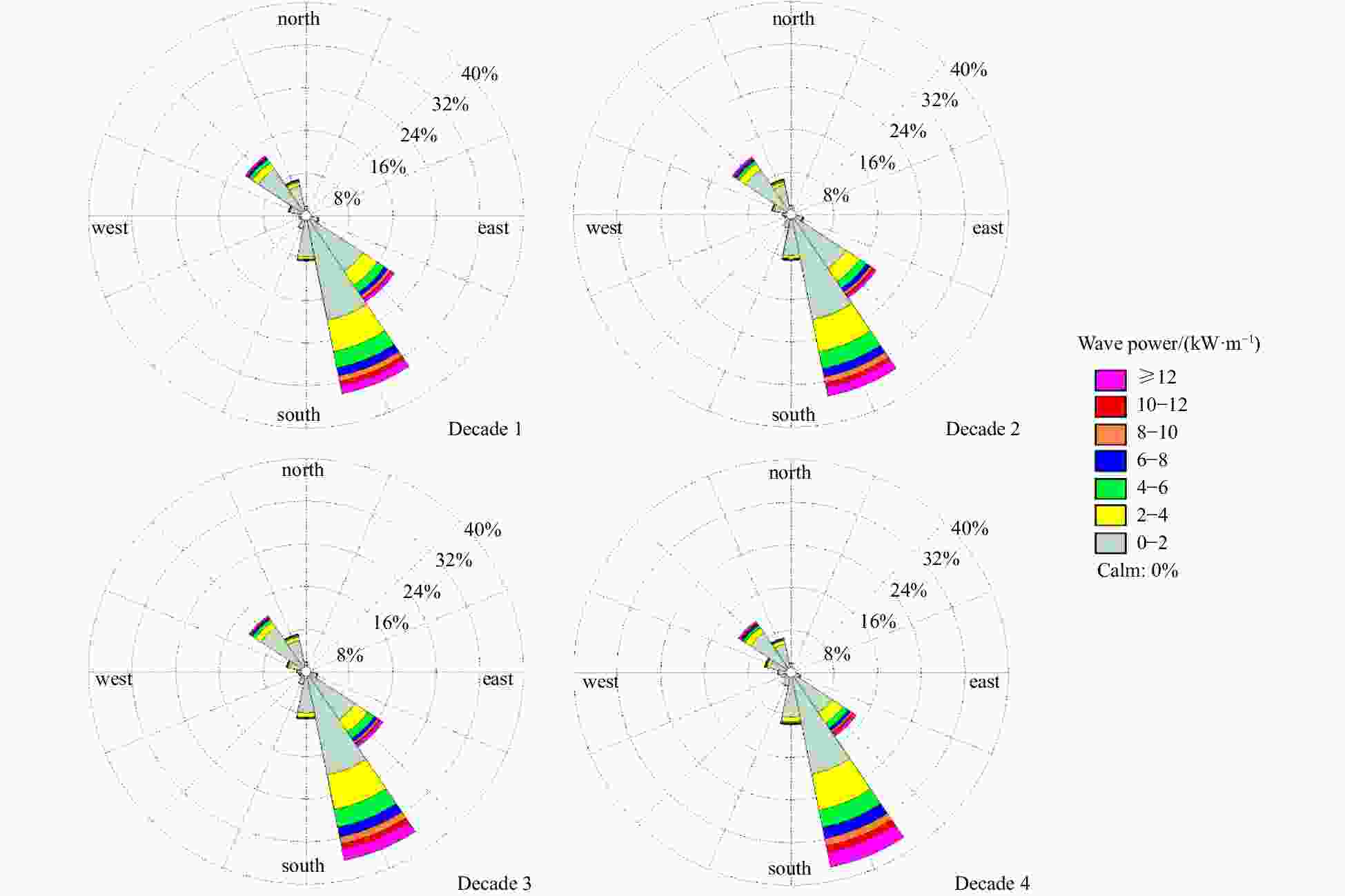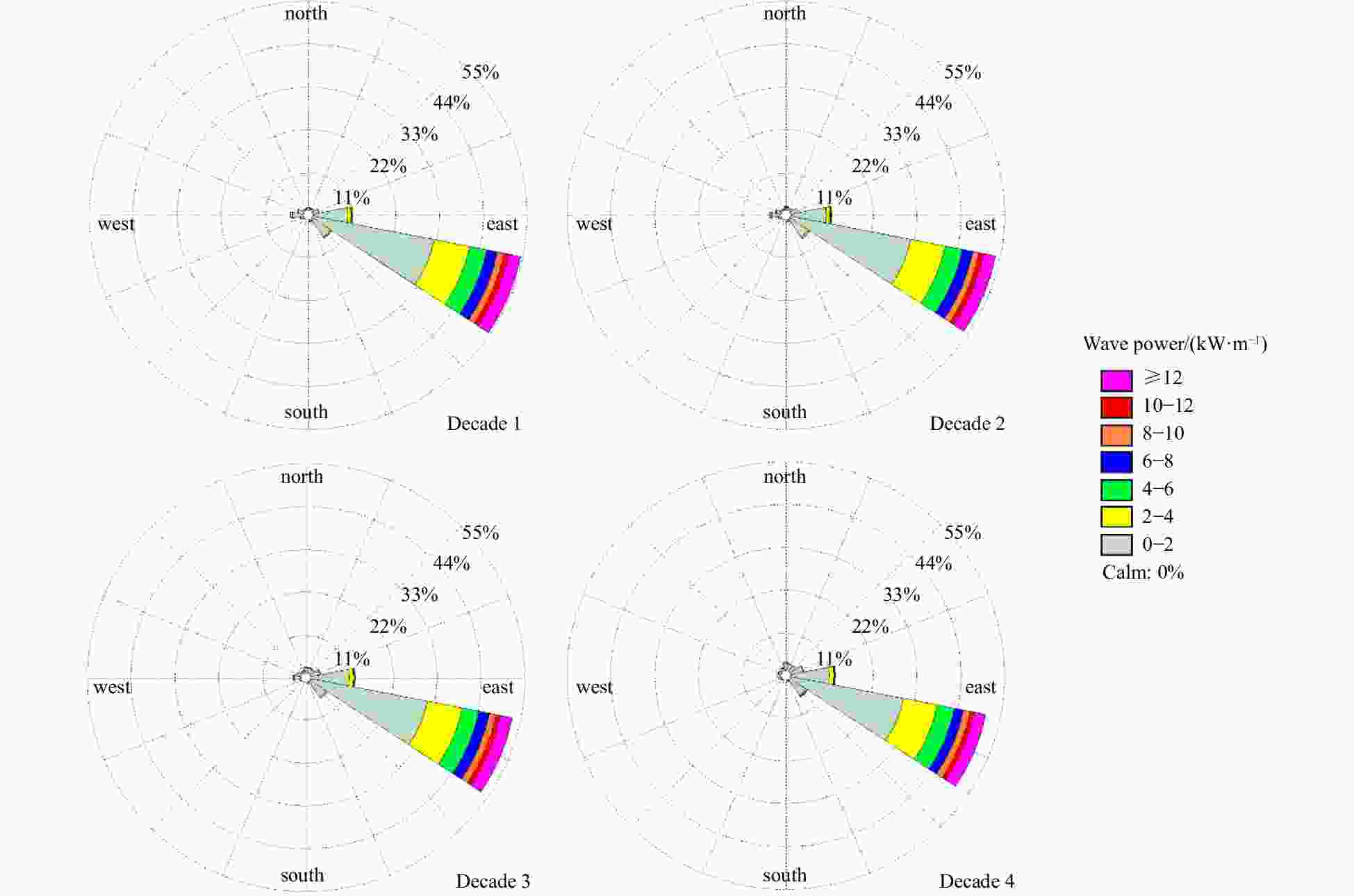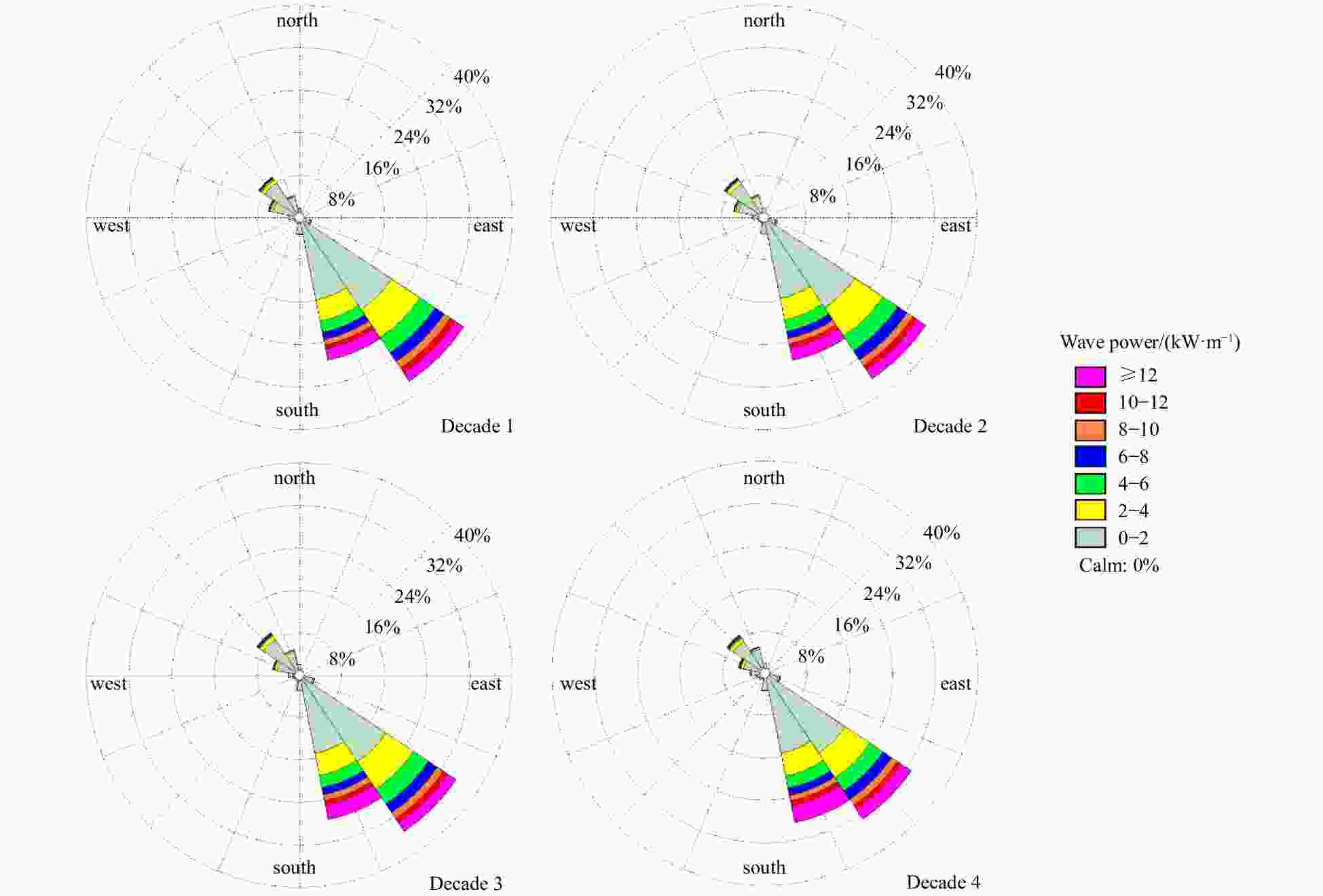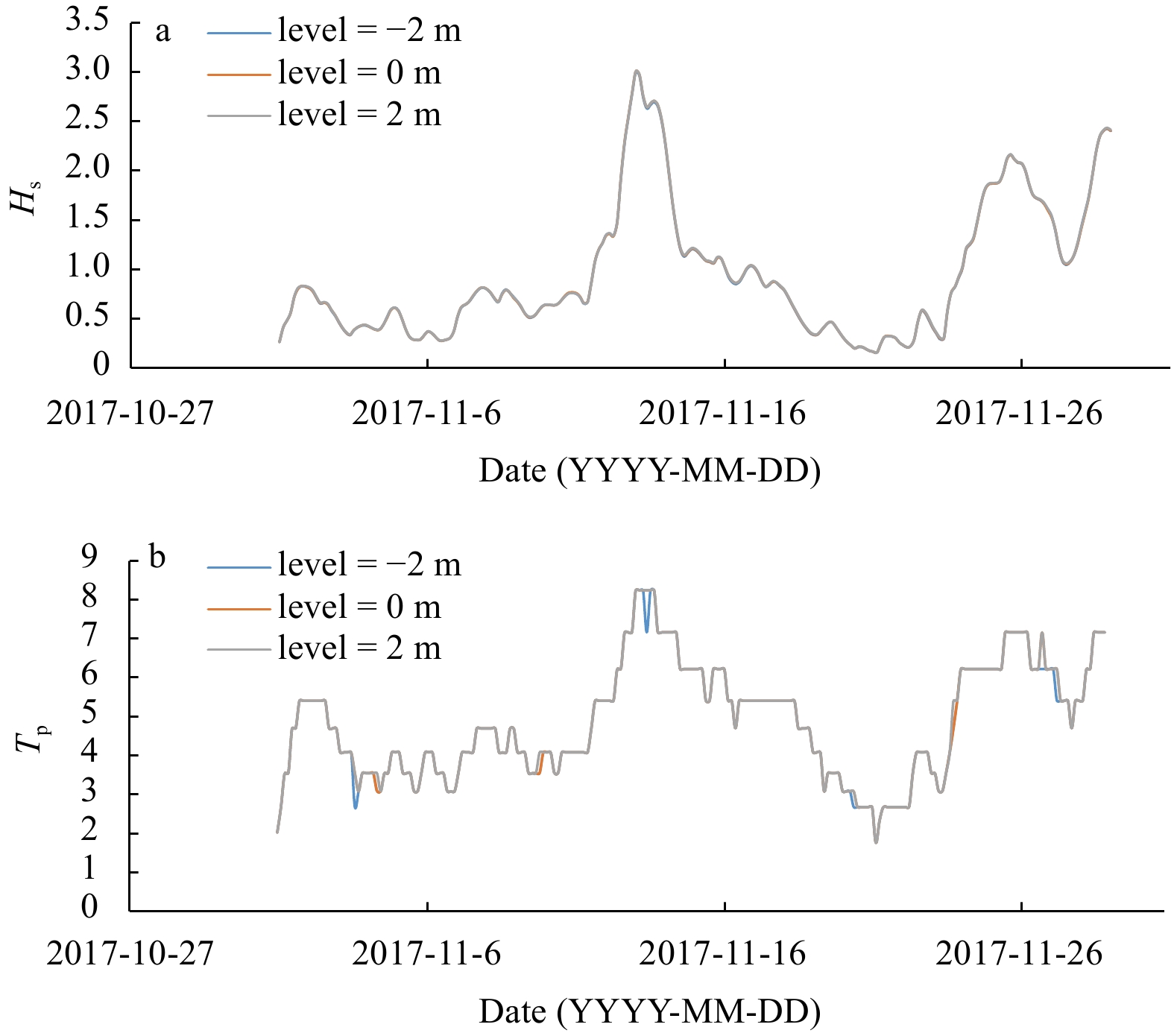Forty-year investigation of wave power in energetic region of Persian Gulf in Iranian territorial waters by using short-term and new long-term stability assessment parameters
-
Abstract: The wave power in high potential area of the northern Persian Gulf (near to Iranian coastal areas) is assessed by taking into account the temporal and spatial distributions of wave power for a period of forty years. For this purpose, assimilated wind data of European Centre for Medium-Range Weather Forecasting Interim Reanalysis (ERA-Interim), and hydrography data of General Bathymetric Chat of the oceans (GEBCO) are used as SWAN model. Seven locations are investigated in the study area by considering the amount of coefficient of variation, the amount of average annual power, and the short-term and a new long-term (decadal variability index) power stability assessment parameters. The results showed more stability in the eastern parts of the study area and concluded that a narrow line between the point which is in the middle and another point which is in the eastern middle part of the study area may be the best locations for more investigation and the feasibility study for energy converter farms. Also, it is found that the middle part of the study region with about 2.5 kW/m power is the most energetic area. It is concluded that the dominant direction of wave power distribution in all points is the northeast, and this dominant direction has not changed during the forty-year period. It is observed that the mean annual energy increases with a slight slope in the total 40 a, and this increasing trend is more obvious in the fourth decade. Although it is observed that the wave power of the second decade has the most stability and the least variation, the wave power in the fourth decade has the most variation. Moreover, the results showed that the study region’s wave power increase by approximately a mean change rate of 0.027 kW/(m·a); and the maximum change rate of wave power was in the northwest part and the minimum change rate of wave power was in the southeast part which were about 0.036 kW/(m·a) and 0.014 kW/(m·a), respectively.
-
Key words:
- wave energy /
- SWAN model /
- wind assimilated data /
- Persian Gulf /
- numerical modeling /
- decadal assessment
-
Table 1. Statistical parameters of Bushehr buoy error
Bushehr Bias RMSE SI CC Hs 0.12 0.34 0.36 0.84 Tp 0.03 0.79 0.18 0.78 Hs2Tp 1.41 4.74 0.77 0.82 Note: CC: correlation coefficient; RMSE: root mean square error; SI: scatter index. Hs: significant wave height; Tp: peak wave period. Table 2. Statistical parameters of Kish buoy error
Kish Bias RMSE SI CC Hs 0.1 0.23 0.36 0.9 Tp 0.24 0.55 0.16 0.84 Hs2Tp 0.43 2.28 0.84 0.87 Note: CC: correlation coefficient; RMSE: root mean square error; SI: scatter index. Hs: significant wave height; Tp: the peak wave period. Table 3. Mean energy in 4 decades at the study points
Point 1 Point 2 Point 3 Point 4 Point 5 Point 6 Point 7 Total average
power/(kW·m−1)2.01 2.43 2.00 2.01 2.28 2.52 2.50 Table 4. The amount of average annual power (MVI) and short term power (SVI) parameters in all studied points
Point number MVI SVI Point 1 1.585 1.209 Point 2 1.800 1.164 Point 3 1.556 1.027 Point 4 1.481 1.082 Point 5 1.756 1.218 Point 6 1.793 1.100 Point 7 1.215 1.045 Table 5. The decadal variability index (DVI) parameter in all studied points
Point Number DVI Point 1 0.429 Point 2 0.466 Point 3 0.353 Point 4 0.194 Point 5 0.468 Point 6 0.383 Point 7 0.237 -
Abbaspour M, Rahimi R. 2011. Iran atlas of offshore renewable energies. Renewable Energy, 36(1): 388–398. doi: 10.1016/j.renene.2010.06.051 Akpınar A, Kömürcü M İ. 2013. Assessment of wave energy resource of the Black Sea based on 15-year numerical hindcast data. Applied Energy, 101: 502–512. doi: 10.1016/j.apenergy.2012.06.005 Amiruddin, Ribal A, Khaeruddin, et al. 2019. A 10-year wave energy resource assessment and trends of Indonesia based on satellite observations. Acta Oceanologica Sinica, 38(8): 86–93. doi: 10.1007/s13131-019-1400-z Hadadpour S, Etemad-Shahidi A, Jabbari E, et al. 2014. Wave energy and hot spots in Anzali Port. Energy, 74: 529–536. doi: 10.1016/j.energy.2014.07.018 Hughes M G, Heap A D. 2010. National-scale wave energy resource assessment for Australia. Renewable Energy, 35(8): 1783–1791. doi: 10.1016/j.renene.2009.11.001 Kamranzad B, Chegini V, Etemad-Shahidi A. 2016a. Temporal-spatial variation of wave energy and nearshore hotspots in the Gulf of Oman based on locally generated wind waves. Renewable Energy, 94: 341–352. doi: 10.1016/j.renene.2016.03.084 Kamranzad B, Etemad-shahidi A, Chegini V. 2013. Assessment of wave energy variation in the Persian Gulf. Ocean Engineering, 70: 72–80. doi: 10.1016/j.oceaneng.2013.05.027 Kamranzad B, Etemad-Shahidi A, Chegini V. 2016b. Sustainability of wave energy resources in southern Caspian Sea. Energy, 97: 549–559. doi: 10.1016/j.energy.2015.11.063 Kutupoğlu V, Çakmak R E, Akpınar A, et al. 2018. Setup and evaluation of a SWAN wind wave model for the Sea of Marmara. Ocean Engineering, 165: 450–464. doi: 10.1016/j.oceaneng.2018.07.053 Lambeck K. 1996. Shoreline reconstructions for the Persian Gulf since the last glacial maximum. Earth and Planetary Science Letters, 142(1–2): 43–57 Langodan S, Viswanadhapalli Y, Dasari H P, et al. 2016. A high-resolution assessment of wind and wave energy potentials in the Red Sea. Applied Energy, 181: 244–255. doi: 10.1016/j.apenergy.2016.08.076 Mahmoodi K, Ghassemi H, Razminia A. 2019. Temporal and spatial characteristics of wave energy in the Persian Gulf based on the ERA5 reanalysis dataset. Energy, 187: 115991. doi: 10.1016/j.energy.2019.115991 Mirzaei A, Tangang F, Juneng L. 2015. Wave energy potential assessment in the central and southern regions of the South China Sea. Renewable Energy, 80: 454–470. doi: 10.1016/j.renene.2015.02.005 Morim J, Cartwright N, Etemad-Shahidi A, et al. 2014. A review of wave energy estimates for nearshore shelf waters off Australia. International Journal of Marine Energy, 7: 57–70. doi: 10.1016/j.ijome.2014.09.002 Neill S P, Hashemi M R. 2013. Wave power variability over the northwest European shelf seas. Applied Energy, 106: 31–46. doi: 10.1016/j.apenergy.2013.01.026 Neill S P, Lewis M J, Hashemi M R, et al. 2014. Inter-annual and inter-seasonal variability of the Orkney wave power resource. Applied Energy, 132: 339–348. doi: 10.1016/j.apenergy.2014.07.023 Ortega S, Osorio A F, Agudelo P. 2013. Estimation of the wave power resource in the Caribbean Sea in areas with scarce instrumentation. Case study: Isla Fuerte, Colombia. Renewable Energy, 57: 240–248. doi: 10.1016/j.renene.2012.11.038 Rusu E, Onea F. 2013. Evaluation of the wind and wave energy along the Caspian Sea. Energy, 50: 1–14. doi: 10.1016/j.energy.2012.11.044 Rute Bento A, Martinho P, Guedes Soares C. 2015. Numerical modelling of the wave energy in Galway Bay. Renewable Energy, 78: 457–466. doi: 10.1016/j.renene.2015.01.024 Rute Bento A, Martinho P, Guedes Soares C. 2018. Wave energy assessement for northern Spain from a 33-year hindcast. Renewable Energy, 127: 322–333. doi: 10.1016/j.renene.2018.04.049 Saket A, Etemad-Shahidi A. 2012. Wave energy potential along the northern coasts of the Gulf of Oman, Iran. Renewable Energy, 40(1): 90–97. doi: 10.1016/j.renene.2011.09.024 Soleimani K, Ketabdari M J, Khorasani F. 2015. Feasibility study on tidal and wave energy conversion in Iranian seas. Sustainable Energy Technologies and Assessments, 11: 77–86. doi: 10.1016/j.seta.2015.03.006 Wan Yong, Zhang Jie, Meng Junmin, et al. 2015. Exploitable wave energy assessment based on ERA-interim reanalysis data—a case study in the East China Sea and the South China Sea. Acta Oceanologica Sinica, 34(9): 143–155. doi: 10.1007/s13131-015-0641-8 Wang Zhifeng, Dong Sheng, Dong Xiangke, et al. 2016. Assessment of wind energy and wave energy resources in Weifang Sea area. International Journal of Hydrogen Energy, 41(35): 15805–15811. doi: 10.1016/j.ijhydene.2016.04.002 Wu Shuping, Liu Chuanyu, Chen Xinping. 2015. Offshore wave energy resource assessment in the East China Sea. Renewable Energy, 76: 628–636. doi: 10.1016/j.renene.2014.11.054 Zheng Chongwei. 2021. Global oceanic wave energy resource dataset—with the Maritime Silk Road as a case study. Renewable Energy, 169: 843–854. doi: 10.1016/j.renene.2021.01.058 Zheng Chongwei, Li Chongyin. 2015. Variation of the wave energy and significant wave height in the China sea and adjacent waters. Renewable and Sustainable Energy Reviews, 43: 381–387. doi: 10.1016/j.rser.2014.11.001 Zheng Chongwei, Pan Jing, Li Jiaxun. 2013. Assessing the China sea wind energy and wave energy resources from 1988 to 2009. Ocean Engineering, 65: 39–48. doi: 10.1016/j.oceaneng.2013.03.006 Zheng Chongwei, Shao Longtan, Shi Wenli, et al. 2014. An assessment of global ocean wave energy resources over the last 45 a. Acta Oceanologica Sinica, 33(1): 92–101 -




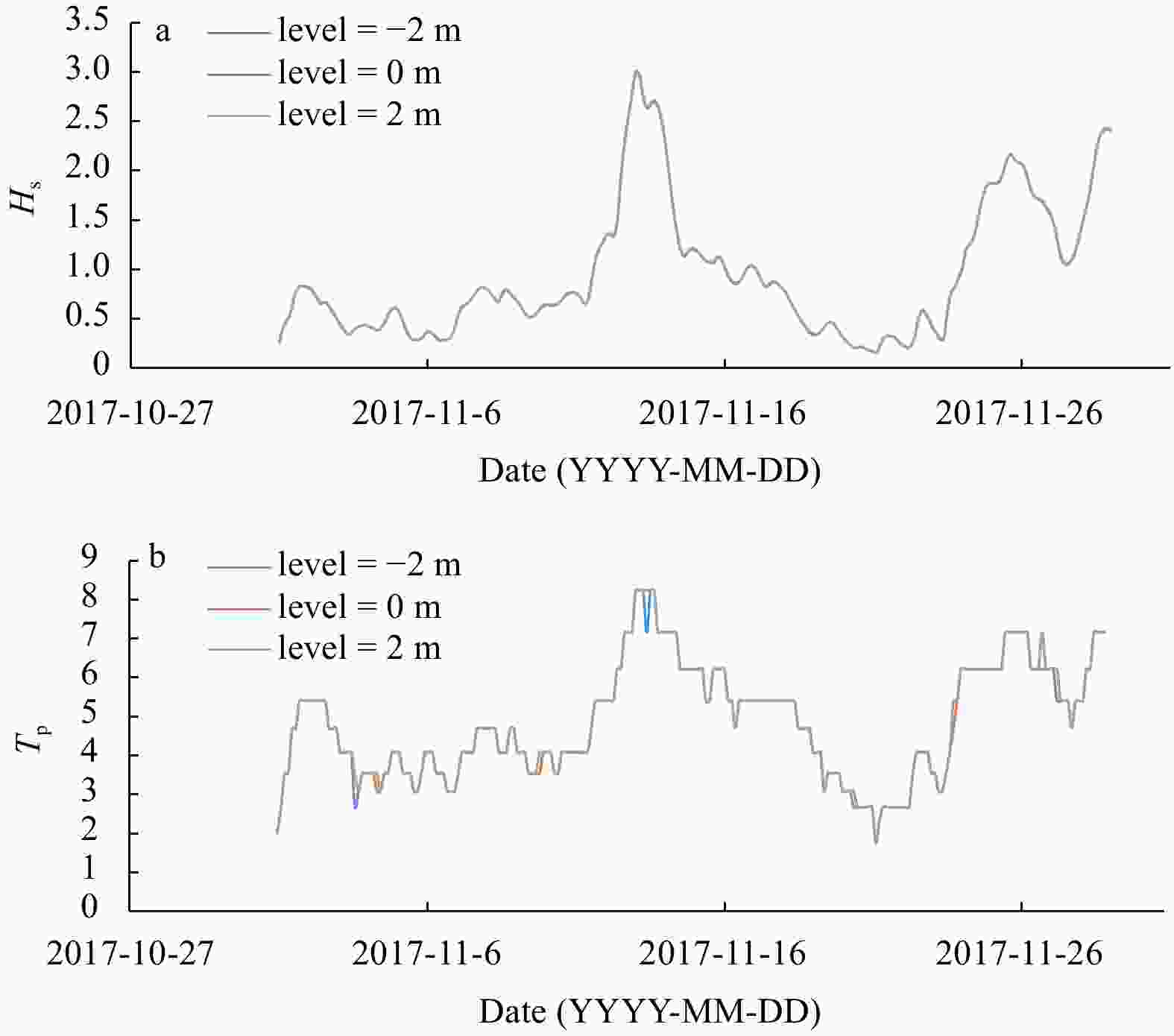
 下载:
下载:
